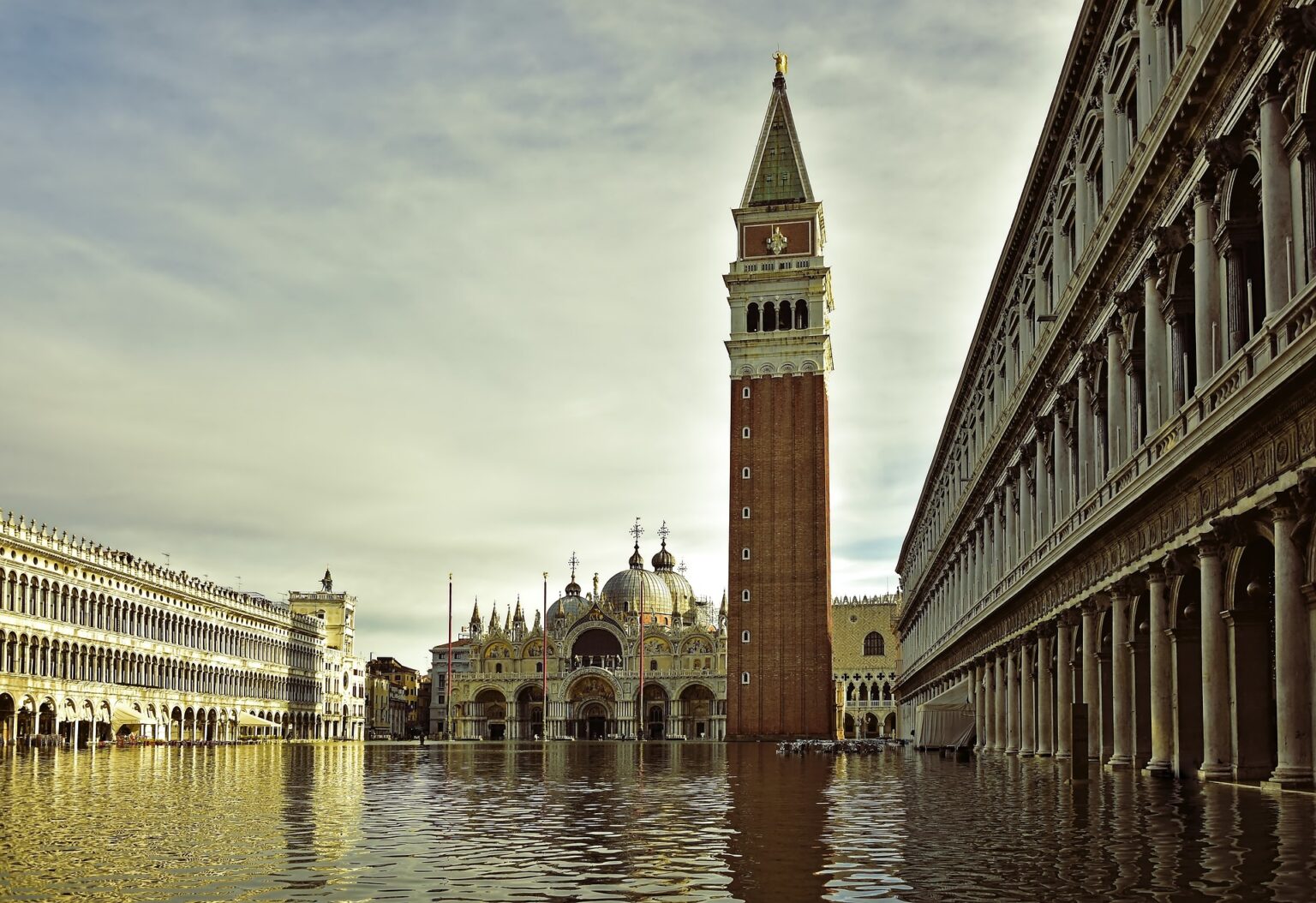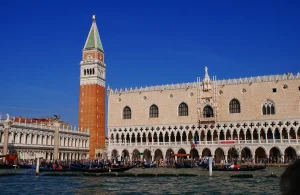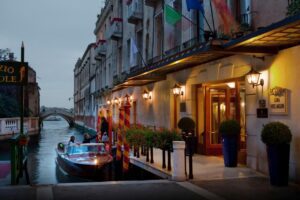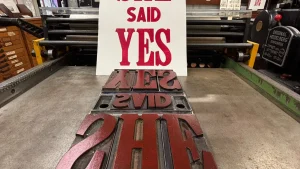💧 11 Most Popular Questions About Venice — Answered by a Local
Venice is full of mysteries — floating buildings, canals that rise and fall, and palaces resting on wood. Let’s answer the questions travelers ask most, with clear explanations (and a few Venetian secrets you won’t find in guidebooks).
1) How does Venice get its drinking water?
Venice’s drinking water doesn’t come from the canals — it’s pumped in from the mainland through underground pipes. Modern aqueducts carry clean, treated water from the Veneto region straight into homes, fountains, and hotels across the city. Even centuries ago, Venetians cleverly collected rainwater in hidden cisterns beneath their squares — an ancient recycling system long before sustainability was trendy!
Want to understand how the lagoon ecosystem still supports daily life? Read our feature How Venice Survives on Water.
2) What’s the history of Venice’s water supply?
In the early days, Venetians relied on **rainwater wells** and cisterns dug into courtyards. By the Renaissance, canals from the Brenta and Sile rivers supplied fresh water from the mainland, and later, aqueducts replaced them. Today, the system is modern and safe — but the ancient rainwater wells still peek through in quiet campi across the city.
You can see one during our Off-the-Beaten-Path Orientation Tour, where we visit hidden courtyards most travelers miss.
3) How was Venice built?
Venice was literally built *on water*. The city stands on more than **one million wooden piles**, driven deep into the muddy lagoon floor to create solid foundations. On top of these, Venetians built brick palaces, marble churches, and even entire neighborhoods. The wood stays preserved underwater thanks to a lack of oxygen — nature’s way of helping this improbable dream city stand tall for 1,500 years.
Explore how these foundations turned into floating beauty on our Private Grand Canal Boat Tour.
4) How did they build Venice’s palaces?
Venetian engineers used oak and larch piles hammered into the lagoon mud, topped with stone platforms. Then came the bricks, arches, and columns that became the city’s signature look. The palaces’ façades are so symmetrical that they appear to float — and the foundations, surprisingly, are stronger than most modern concrete bases.
You can admire these palazzi up close during our Private Gondola Ride — the most magical way to see how history still holds the city together.
5) How were Venice’s canals made?
Venice’s canals are partly natural, partly man-made. Early settlers widened existing waterways to move goods and connect the islands. Over centuries, they dredged and reinforced them with brick and Istrian stone — creating the stunning canal grid you see today.
Want to sail through them? Take our Venice Tour of the Lagoon — Discover the Hidden Gems for a real sense of how the city breathes through its waters.
6) Can Venice flood?
Yes — we call it acqua alta (high water). It usually happens during strong tides and winds between November and March. Locals put on rubber boots and carry on, while raised walkways appear overnight. Today, the **MOSE flood barrier system** protects Venice from the worst events, closing off the lagoon during extreme tides.
Learn more about how locals adapt in our guide What Is Acqua Alta and When Does It Happen?.
7) Can Venice’s sinking be stopped?
Completely stopping it — no. Slowing it — yes. The city sinks slowly because of natural land compression and rising sea levels. Measures like limiting groundwater extraction, restoring marshes, and managing lagoon flows have stabilized much of it. Combine that with the MOSE barriers, and Venice’s future looks a little brighter.
Discover how science and tradition coexist in our Lagoon Discovery Tour.
8) Is Venice sinking or is the water rising?
Both! The land beneath Venice slowly compresses (subsidence), while sea levels rise due to global warming. The double effect means Venice faces more frequent flooding — but also more innovation. From elevated walkways to floating glass art, Venetians are experts at turning water challenges into creativity.
See how artisans live with water every day during our Murano Glass Workshop and Visit.
9) Can Venice be saved?
Absolutely — and it’s already happening. Between the MOSE flood gates, strict restoration laws, and community-led sustainability projects, Venice is proving that heritage and innovation can co-exist. Still, preserving it means visiting responsibly and supporting local artisans, not mass tourism.
Be part of that change when you join our Off-the-Beaten-Path Orientation Tour, which supports real Venetian businesses and crafts.
10) Are Venice’s canals man-made?
Many began as natural channels between islands, later deepened, widened, and lined with stone. Over time, Venetians sculpted nature into an elegant transportation system — part engineering, part poetry. Even today, tides still flow in and out, cleaning and refreshing the waters daily.
Explore the hidden ones by joining our Private 1-Hour Boat Tour — Grand Canal & Hidden Canals.
11) Are the canals saltwater or freshwater?
They’re mostly saltwater — Venice sits in a **tidal lagoon** connected to the Adriatic Sea through three inlets. Freshwater from mainland rivers mixes with seawater, creating a unique ecosystem. This brackish balance gives the lagoon its color, smell, and life.
Learn more about the lagoon’s nature and islands in our Venice Lagoon Tour.
💡 Plan Your Visit Like a Venetian
- 🚤 Save time on transport — get a Vaporetto Pass.
- 🕍 Skip the queues — visit with a Private Doge’s Palace & St. Mark’s Tour.
- 🧭 Discover local life — book our Off-the-Beaten-Path Orientation Tour.






